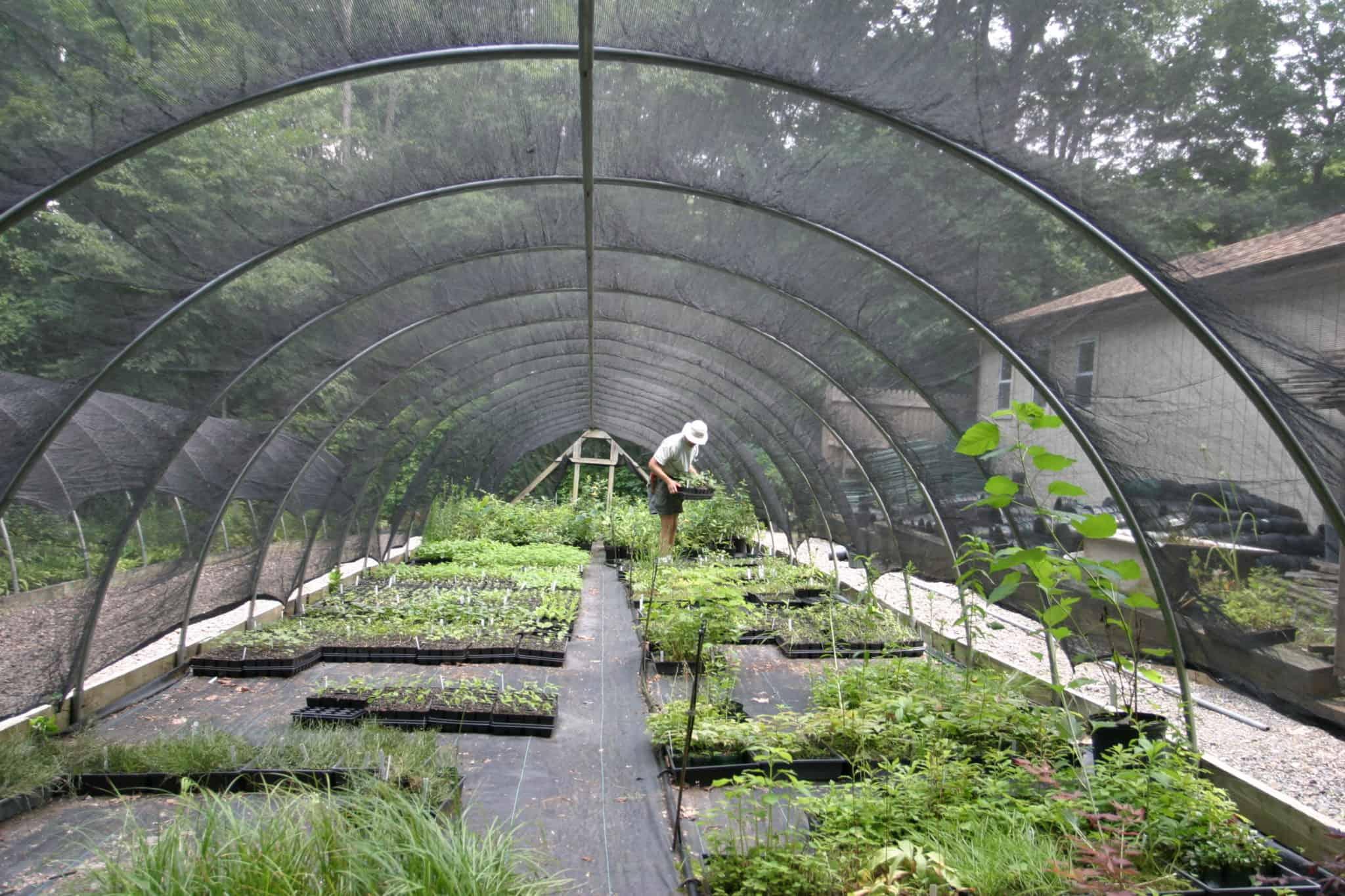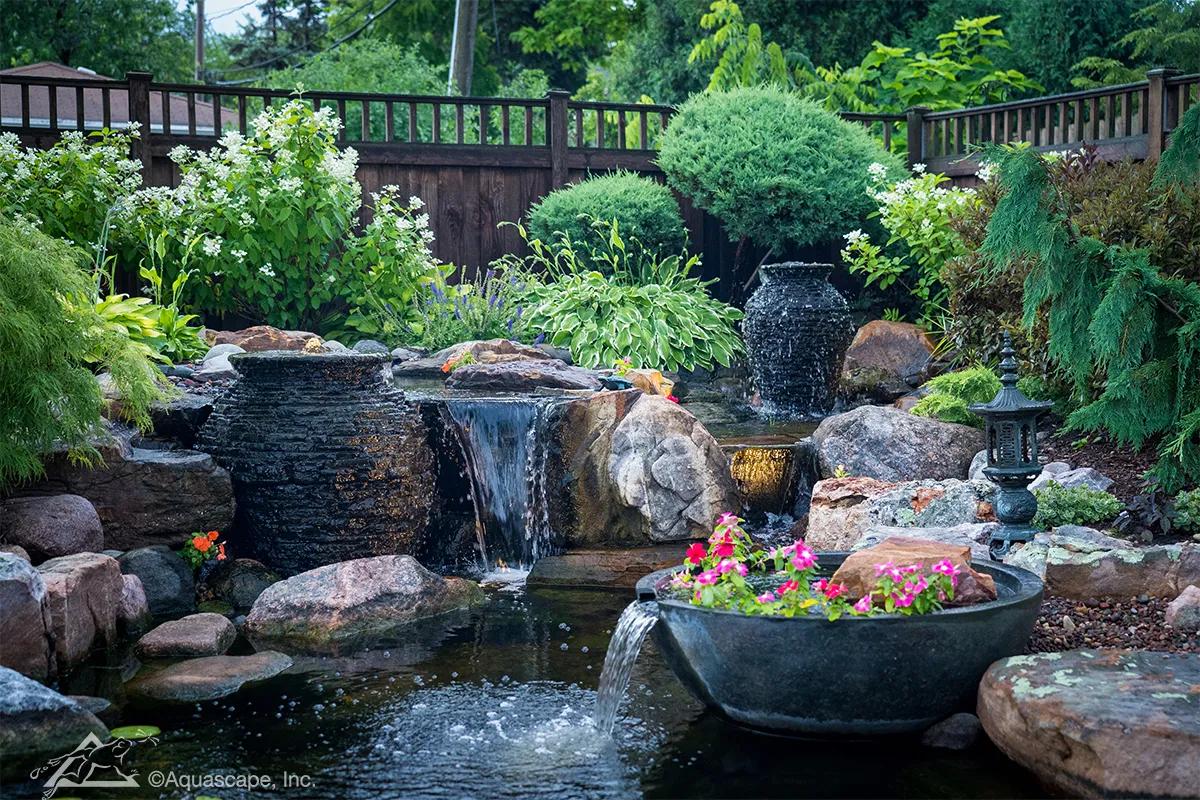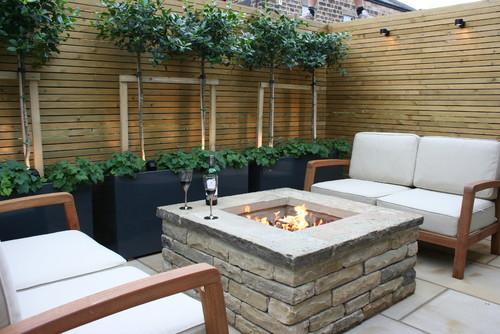As the golden rays of the setting sun filter through the trees and the evening chorus of chirping crickets fills the air, the backyard transforms into a serene haven. Beyond the manicured lawns and neatly trimmed hedges, lies an opportunity for us to engage in a meaningful relationship with the natural world, one that is often overlooked in our fast-paced lives. Crafting a cozy backyard habitat for local wildlife is not merely an act of gardening; it is an invitation to nature’s inhabitants to share space with us. In this article, we will explore the various ways to create a welcoming environment for birds, butterflies, and other local creatures, enriching both our own lives and their ecosystems. By embracing the beauty and biodiversity that surrounds us, we can foster a sanctuary that supports local wildlife while enhancing our own backyard experience. Together, let us uncover the simple yet impactful steps to transform our outdoor spaces into thriving habitats that celebrate the wonders of nature.
Table of Contents
- Creating Native Plant Sanctuaries to Attract Pollinators
- Incorporating Water Features to Support Local Wildlife
- Designing Shelter Areas for Birds and Small Mammals
- Implementing Sustainable Practices for a Thriving Habitat
- Wrapping Up
Creating Native Plant Sanctuaries to Attract Pollinators

Establishing native plant sanctuaries in your backyard is an effective way to foster a thriving ecosystem that invites pollinators. By selecting a variety of local flora, you not only provide essential food sources but also create habitats that cater to different species. Choose plants that bloom in staggered seasons to ensure a continuous supply of nectar and pollen for bees, butterflies, and other beneficial insects. Some excellent options include:
- Milkweed: Crucial for monarch butterflies
- Echinacea (Coneflower): Attracts bees and offers stunning blooms
- Black-eyed Susan: A colorful addition that draws various pollinators
- Bee Balm: A favorite among bees and hummingbirds
In addition to selecting suitable plants, creating diverse layers within your sanctuary can enhance its appeal to pollinators. Consider incorporating shrubs, grasses, and even small trees to create varied habitats, offering nesting sites and protecting them from harsh weather. Implementing features such as small ponds or water sources can help sustain these creatures throughout dry spells. Here’s a brief overview of native plants to consider for different garden zones:
| Garden Zone | Suggested Native Plants |
|---|---|
| Wetlands | Joe Pye Weed, Swamp Milkweed |
| Woodlands | Wild Geranium, Soloman’s Seal |
| Prairies | Butterfly Weed, Prairie Dropseed |
| Dry Areas | Yarrow, Threadleaf Coreopsis |
Incorporating Water Features to Support Local Wildlife

- Native Plants: Surround your water feature with native vegetation to offer natural cover and food sources.
- Gradual Slopes: Ensure that the edges of ponds or water basins have gentle slopes, allowing easy access for animals.
- Decomposed Material: Incorporate rocks and logs around the feature, providing hiding spots for amphibians and insects.
| Water Feature | Wildlife Attraction |
|---|---|
| Pond | Frogs, dragonflies, and various fish species |
| Birdbath | Birds seeking hydration and bathing |
| Fountain | Attracts both birds and butterflies with its movement |
Designing Shelter Areas for Birds and Small Mammals
Creating inviting shelter areas for our feathered and furry friends is a rewarding endeavor that not only benefits wildlife but also enhances the beauty of your backyard. Start by selecting natural materials like shrubs, trees, and grasses that offer cover and nesting options. Dense thickets, native plants, and even a few strategically placed logs can serve as excellent havens for small mammals like rabbits and hedgehogs. Consider incorporating birdhouses of various sizes, tailored to the needs of different species. It can also be quite beneficial to leave some areas of the yard slightly untidy—allowing wildflowers, tall grass, and loose brush to flourish, acting as a refuge and food source for local wildlife.
To optimize these shelters, think about adding features that cater to specific needs of the animals you wish to attract. Here’s a simple table of ideas to include in your backyard design:
| Animal | Preferred Shelter Features |
|---|---|
| Birds |
|
| Hedgehogs |
|
| Rabbits |
|
By thoughtfully planning and maintaining these shelter areas, you contribute to the sustainability of local ecosystems and encourage a vibrant avian and small mammal population in your backyard. The intermingling of plant life and simple structures will provide a much-needed refuge for creatures seeking safety and sustenance, making your backyard a beacon of biodiversity.
Implementing Sustainable Practices for a Thriving Habitat
Creating a vibrant backyard habitat begins with incorporating sustainable practices that nurture both flora and fauna. Establishing native plants is crucial as they provide food and shelter for local wildlife, particularly pollinators and birds. Consider adding diverse plant species that bloom at different times throughout the year, ensuring a continuous supply of nectar. Additionally, using organic gardening methods—like composting kitchen scraps and avoiding synthetic pesticides—helps maintain soil health and fosters a thriving ecosystem. This approach not only supports wildlife but also encourages beneficial insects that naturally control garden pests.
Another essential element of a sustainable habitat is the introduction of water sources and shelter. Birdbaths, small ponds, or rain gardens can attract various species and provide essential hydration. Furthermore, consider creating cozy shelters by incorporating natural materials like fallen branches, rocks, and leaf piles, which can serve as homes for insects, small mammals, and amphibians. You can also build nesting boxes for birds and bats, offering them safe places to raise their young. To visually represent these ideas, here’s a simple table outlining additional features to consider:
| Feature | Benefits |
|---|---|
| Native Plant Garden | Supports local wildlife, promotes biodiversity |
| Water Sources | Hydration for animals, attracts diverse species |
| Nesting Boxes | Safe breeding spots, protects bird populations |
| Organic Practices | Healthier plants, reduced chemical runoff |
Wrapping Up
As the sun dips below the horizon, casting a warm glow over your newly crafted backyard habitat, it’s easy to imagine the myriad of creatures that will come to call it home. From the flutter of a bird’s wings to the soft rustle of a rabbit in the underbrush, each element you’ve carefully implemented plays a role in the rich tapestry of life that surrounds you. You’ve taken a step—perhaps a small one, but a significant one—toward fostering a sanctuary for your local wildlife.
With every seed you’ve sown and every feature you’ve added, your backyard transforms into more than just an extension of your home; it becomes a vibrant ecosystem where balance and beauty thrive. The journey to create this habitat doesn’t end here. It invites you to observe, learn, and adapt; to cherish the fleeting moments of nature in your own yard.
As you settle into your evening routine, take a moment to reflect on what you’ve wrought—a peaceful coexistence with the wildlife that shares your space. You are not just a caretaker, but a part of this lively community, each day filled with the promise of discovery. So, embrace this new chapter and continue nurturing your backyard haven, knowing that every small effort contributes to a larger mission: preserving the delicate balance of nature in our increasingly urbanized world. In this way, your cozy backyard habitat becomes a symbol of hope and resilience—one that will flourish for generations to come.



